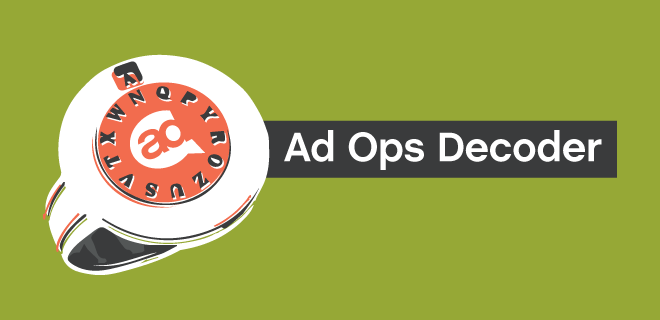
Some ad tech lingo refers to a particular strategy or piece of technology, and some refers to a goal or desired outcome. Supply-path optimization is part of the latter category. It refers to a loose set of methods DSPs and agencies use to find the bids most likely to win in an auction.
Before we get into the buyers’ different methodologies, and how the effects play out for the sell side, let’s talk about why DSPs have been looking for new ways to separate the wheat from the chaff: It’s header bidding, and the massive adoption of it in the last couple years. Header bidding has been awesome for many publishers’ revenue. We talk about how great header is at strengthening these relationships between pubs and their preferred demand sources. Unfortunately, when you look at header from the DSP perspective, it’s not so direct and efficient. Imagine a publisher sending out the same bid across 10 to 20 exchanges. There’s a lot of sheer volume (for example, Digiday reported The Trade Desk went from processing around 1 million impressions per second in 2014 to 5.7 million per second in 2017), and a lot of redundancy in queries. DSPs and agencies are feeling strained, and they want some way to cut out unappealing or duplicate queries, and root out queries more likely to win.
DSPs and agencies all have different ways of cleaning up the supply path. Some make decisions algorithmically. Some make decisions through manual analysis. Some toss out excess impressions in what seems like an arbitrary fashion.
If you’d been ignoring SPO, assuming it’s “a buy-side thing,” imagine a DSP throwing away your impressions without your input. If you’re not keen on that, it’s time for you to have a conversation with your SSP—because, with or without direct input from publishers, SSPs are already making SPO decisions in an effort to make things easier for the DSPs they work with. Some SSPs are processing inventory algorithmically, determining which impressions would be relevant to send to which DSPs. Some SSPs are following practices (like, for example, putting publisher inventory into first-price auctions) that might lead certain DSPs to turn them off. In any case, as a publisher, you might have your idea of the optimal supply path, but your demand partners might have a different or even contrary idea.
On the sell side, we talk a lot about how header bidding brings the buyers and sellers closer together. SPO can either make good on that promise, or it can create deeper division.
DSPs and agencies are making SPO decisions based on what they can see on their end. If you, as a publisher, have important intel that would help buyers make decisions in your interest, it’s time to start some conversations with your SSPs and any buy-side companies you have relationships with. For example: Look at where your impressions are going. If you see a lot of them going toward one or more partners that you wouldn’t consider your “preferred” partners, that’s a conversation. Make sure your advertiser clients know which partners you’d like them to favor. And make sure your SSPs are making decisions on your behalf that you can get behind.
AdMonsters Resources:
The Publisher Side of Supply-Path Optimization: A Q&A With Rachel Parkin of CafeMedia